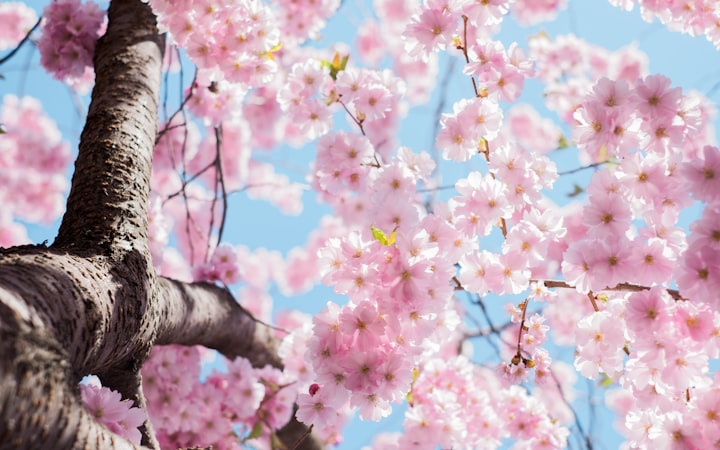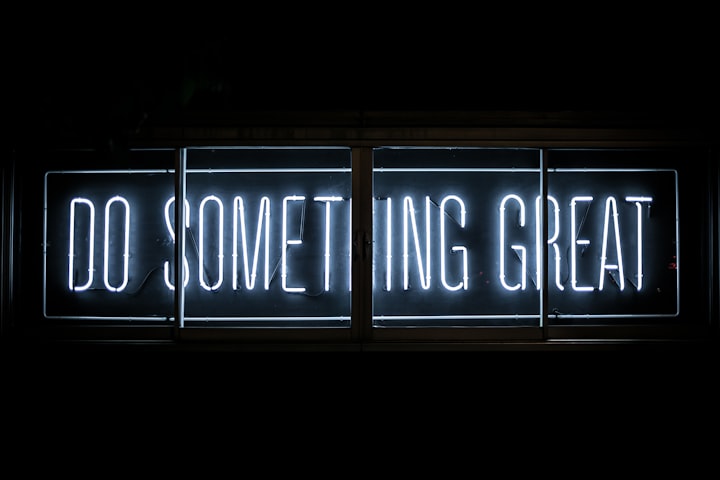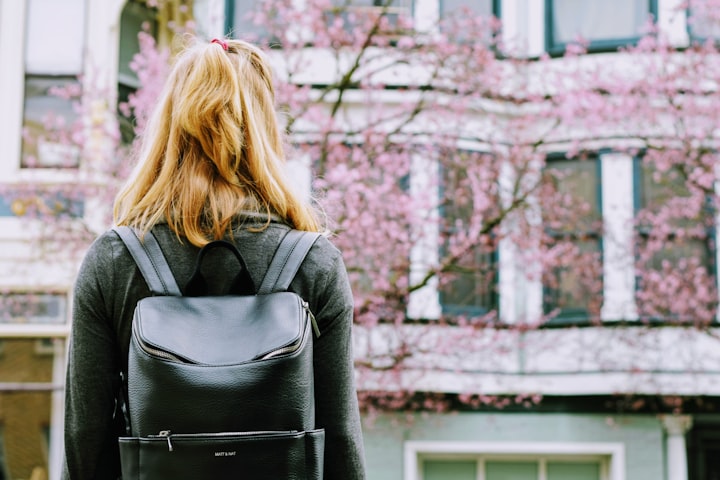"Blossoms of Hope"
This story revolves around a community garden project aimed at helping survivors of trauma and abuse. The garden becomes a symbol of resilience and growth as the characters share their emotional stories and find support and empowerment in cultivating the space together.
In the quiet corner of a small town, nestled between rows of houses, there was a forgotten piece of land. It lay barren and neglected, mirroring the emotional scars that lingered within the hearts of those who had suffered trauma and abuse. But destiny had a different plan for this desolate space. A glimmer of hope was about to bloom.
Sophia, a survivor herself, felt a calling to transform the forgotten land into a sanctuary of healing and growth. With unwavering determination, she rallied the community, sharing her vision of a community garden project aimed at helping survivors find solace and empowerment through the act of cultivating the land together.
Word spread like wildfire, reaching the ears of those who carried their own stories of pain and survival. One by one, survivors came forward, drawn to the promise of healing and the support of others who understood their struggles. They formed an unlikely bond, bound together by their shared experiences and the desire to reclaim their lives.
On a bright spring morning, the survivors gathered at the once barren plot of land, their hearts filled with trepidation and hope. As they rolled up their sleeves and dug their hands into the earth, a sense of purpose washed over them. They were not just planting seeds; they were sowing the seeds of their own rebirth.
With each stroke of a shovel and every gentle placement of a seed, they poured their emotions into the soil. The garden became their canvas, the flowers and plants their paintbrushes, and their stories the colors that bloomed and intertwined. Every petal that unfurled whispered of their strength and resilience.
In the midst of their tireless efforts, they found a safe space to share their emotional burdens. Stories of trauma, abuse, and survival poured forth, intermingling with tears and embraces. In the garden, their pain was met with empathy, understanding, and unwavering support. It was a cathartic release, a steppingstone towards healing.
One survivor, Emma, shared her journey of overcoming domestic violence, her voice quivering with vulnerability as she spoke. As she planted delicate roses, she revealed how each thorny stem mirrored the complexities of her own journey. She shed tears, not of weakness, but of strength—the strength to reclaim her life and find beauty amidst the thorns.
Another survivor, James, spoke of his battle with childhood abuse. He planted sunflowers, their vibrant yellow petals radiating warmth and resilience. Through his tears, he revealed that these towering flowers were a symbol of the light he sought to find within himself—the light that had been overshadowed by darkness for far too long.
Days turned into weeks, and weeks into months. The garden grew lush and vibrant, mirroring the emotional transformations taking place within the survivors. With each new bud and every unfurling leaf, they saw their own growth reflected back at them. The garden became a living testament to their resilience, reminding them that even in the face of adversity, life could flourish.
The community took notice of this blossoming sanctuary. Volunteers arrived, offering their time and expertise to further nurture the garden. Local therapists and counselors offered their services, creating a haven where survivors could seek professional support as they tended to the healing earth.
But the impact extended far beyond the garden's borders. News of the survivors' stories and their collective journey spread, reaching others who were trapped in the depths of their own pain. Survivors who had long believed they were alone now found solace and hope in the tales of those who had paved the way to healing.
The community rallied around Blossoms of Hope, providing financial support, resources, and a network of allies. The garden became a symbol of unity and a beacon of resilience for the entire town. It served as a reminder that no one should suffer in silence and that together, they could create a world where healing was possible.
Years passed, and the survivors' scars transformed into badges of courage. They stood tall and proud, their lives enriched by the garden they had cultivated and the community they had fostered. Blossoms of Hope continued to bloom, a reminder to all who visited that there is strength in vulnerability, healing in shared stories, and hope in the darkest of places.
And so, the garden whispered its tales of resilience and growth, carrying the stories of survivors who had found their way back to the light. Their journeys became a testament to the human spirit's capacity to rise above adversity, and the garden remained a living testament to their unwavering determination to thrive.






Comments
There are no comments for this story
Be the first to respond and start the conversation.